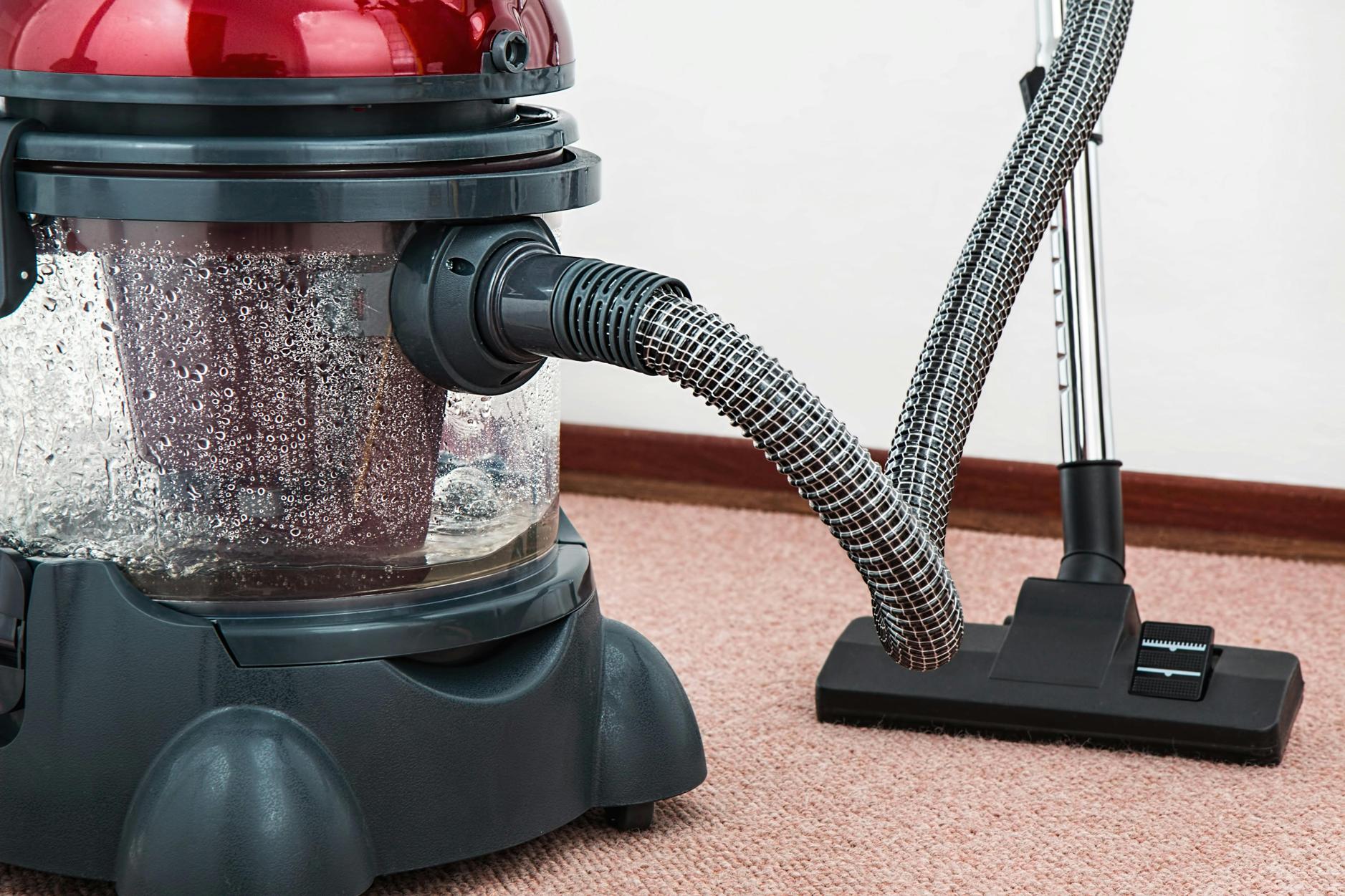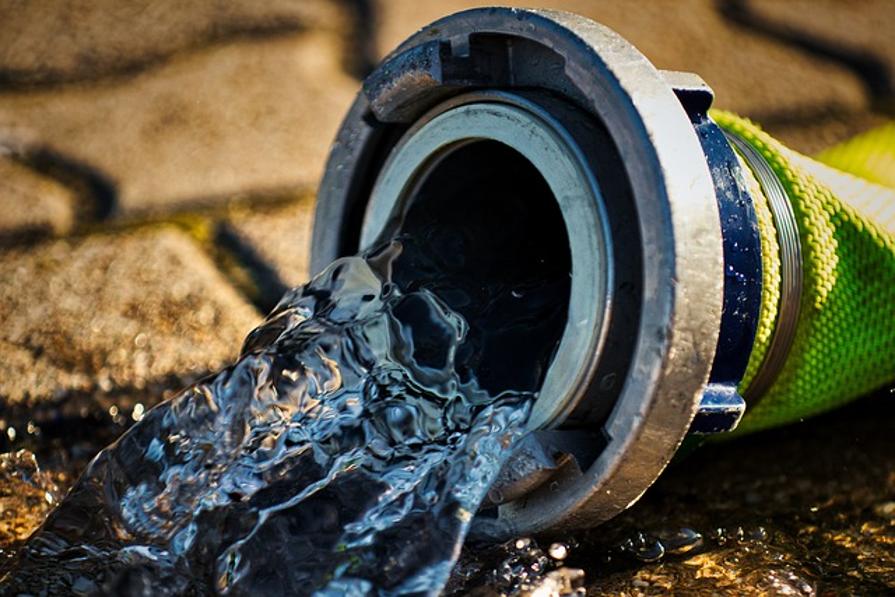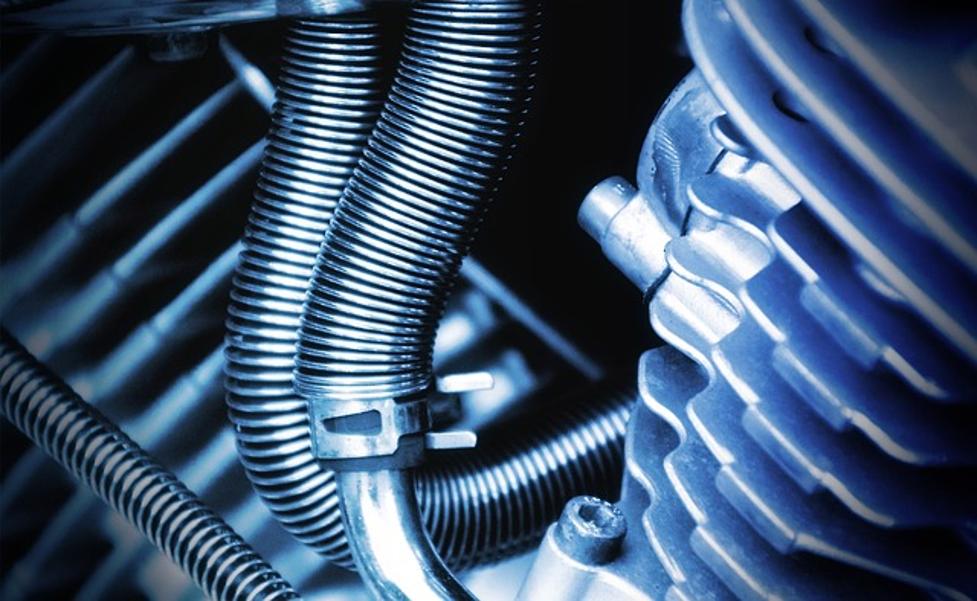Why is My Dehumidifier Not Draining Through the Hose?
Introduction
A dehumidifier helps maintain the ideal humidity in your home by extracting excess moisture from the air. However, proper drainage is crucial for its optimal functionality. A common issue many face is the dehumidifier not draining through the hose, leading to inconvenience and potential damage. This article dives deep into the reasons behind this problem, how to diagnose it, and provides actionable solutions.

Common Causes of Dehumidifier Drainage Issues
Before addressing the problem, it’s essential to understand the common reasons why a dehumidifier might not drain through the hose.
Blocked or Kinked Hose
One of the leading causes of drainage problems is a hose that is either blocked by debris or kinked. Blockages prevent water from flowing freely, while kinks can obstruct the pathway.
Improper Hose Installation
An improperly installed hose can lead to drainage issues. It’s crucial that the hose is securely attached and positioned correctly to ensure smooth water flow.
Full Water Bucket
If the water bucket inside the dehumidifier is full, the unit will stop draining through the hose. This safety feature prevents overflow and potential water damage.
Incorrect Hose Length or Diameter
Using a hose that is too long or has the wrong diameter can hinder effective drainage. Ensuring the hose meets manufacturer specifications is vital.
Understanding these common causes provides a solid foundation for troubleshooting and resolving drainage issues.
Diagnosing the Problem
Accurately diagnosing why your dehumidifier isn’t draining through the hose involves a few straightforward steps.
Visual Inspection of the Hose
Begin by visually inspecting the hose for any signs of blockages or kinks. Look for debris in the hose and straighten out any bends or twists. Ensure the hose is free of any visible obstructions.
Testing Hose Drainage Mechanism
Next, test the hose drainage mechanism. Detach the hose from the dehumidifier and run water through it to check for any blockages. If water flows through freely, the issue might lie elsewhere.
Assessing Water Reservoir Functionality
Finally, check the dehumidifier’s water reservoir. Ensure it’s not full and that the float switch, which stops drainage when the bucket is full, is functioning correctly. A malfunctioning float switch can prevent proper drainage.
Diagnosing the problem methodically helps pinpoint the exact cause, making it easier to implement the right solution.
Practical Solutions for Drainage Problems
Once you’ve identified the cause, you can take specific actions to resolve the drainage issue.
Cleaning and Unclogging the Hose
If the hose is blocked, clean it thoroughly. Use a flexible brush or a strong water stream to remove any debris. If the blockage is stubborn, soak the hose in a mixture of warm water and mild detergent before rinsing it out.
Proper Hose Setup Techniques
Ensure the hose is installed correctly by following these steps:
1. Attach the hose securely to the dehumidifier’s drainage outlet.
2. Make sure the connection is tight to prevent leaks.
3. Check the entire length of the hose for any bends or kinks.
4. Ensure the hose end is positioned to drain water into a suitable location, such as a floor drain or sink.
Adjusting Hose Position and Slope
Proper positioning and slope are crucial for effective drainage:
1. Position the hose to create a gentle downward slope from the dehumidifier to the drainage point.
2. If the hose is too long, consider trimming it to the ideal length to ensure a consistent slope.
3. Secure the hose periodically to prevent sagging or shifting, which can cause water to pool and obstruct flow.
Handling Full Water Buckets
Ensure the water bucket is not full. Regularly empty the bucket and check for any malfunctions in the float switch. If the float switch isn’t working, consider contacting the manufacturer or a professional technician for repair or replacement.
Implementing these practical solutions should address most drainage issues effectively.

Preventive Measures for Future Issues
Preventing future drainage problems involves regular maintenance and additional precautionary measures.
Regular Maintenance Tips
- Clean the hose regularly: Regularly inspect and clean the hose to prevent blockages.
- Inspect connections: Check and secure hose and dehumidifier connections periodically.
- Empty the bucket: If using a bucket, empty it frequently to avoid overflow and switch malfunctions.
Using Supplementary Drainage Solutions
Consider supplementary solutions for better drainage:
1. Use a condensate pump: A pump can help push water through the hose, especially useful for longer distances.
2. Install a backflow preventer: This prevents water from flowing back into the dehumidifier.
Routine System Check-Ups
Schedule regular check-ups for your dehumidifier:
1. Professional inspections: Have a professional inspect your dehumidifier annually.
2. DIY checks: Perform regular self-checks on the hose, connections, and bucket to ensure everything is in working order.
These preventive measures can help maintain effective drainage and prolong the life of your dehumidifier.

Conclusion
Understanding why your dehumidifier is not draining through the hose and taking appropriate action can save you time and prevent potential damage. By diagnosing the problem, implementing practical solutions, and adhering to preventive measures, you can ensure your dehumidifier operates efficiently.
Frequently Asked Questions
How often should I clean my dehumidifier hose?
It’s recommended to clean your dehumidifier hose every three months to prevent blockages and ensure smooth drainage.
Can I use any type of hose for my dehumidifier?
No, always use a hose that meets the manufacturer’s specifications in terms of length and diameter to ensure proper drainage.
What should I do if my dehumidifier is still not draining after troubleshooting?
If your dehumidifier still won’t drain after troubleshooting, it’s best to consult the manufacturer or seek help from a professional technician for further assistance.
